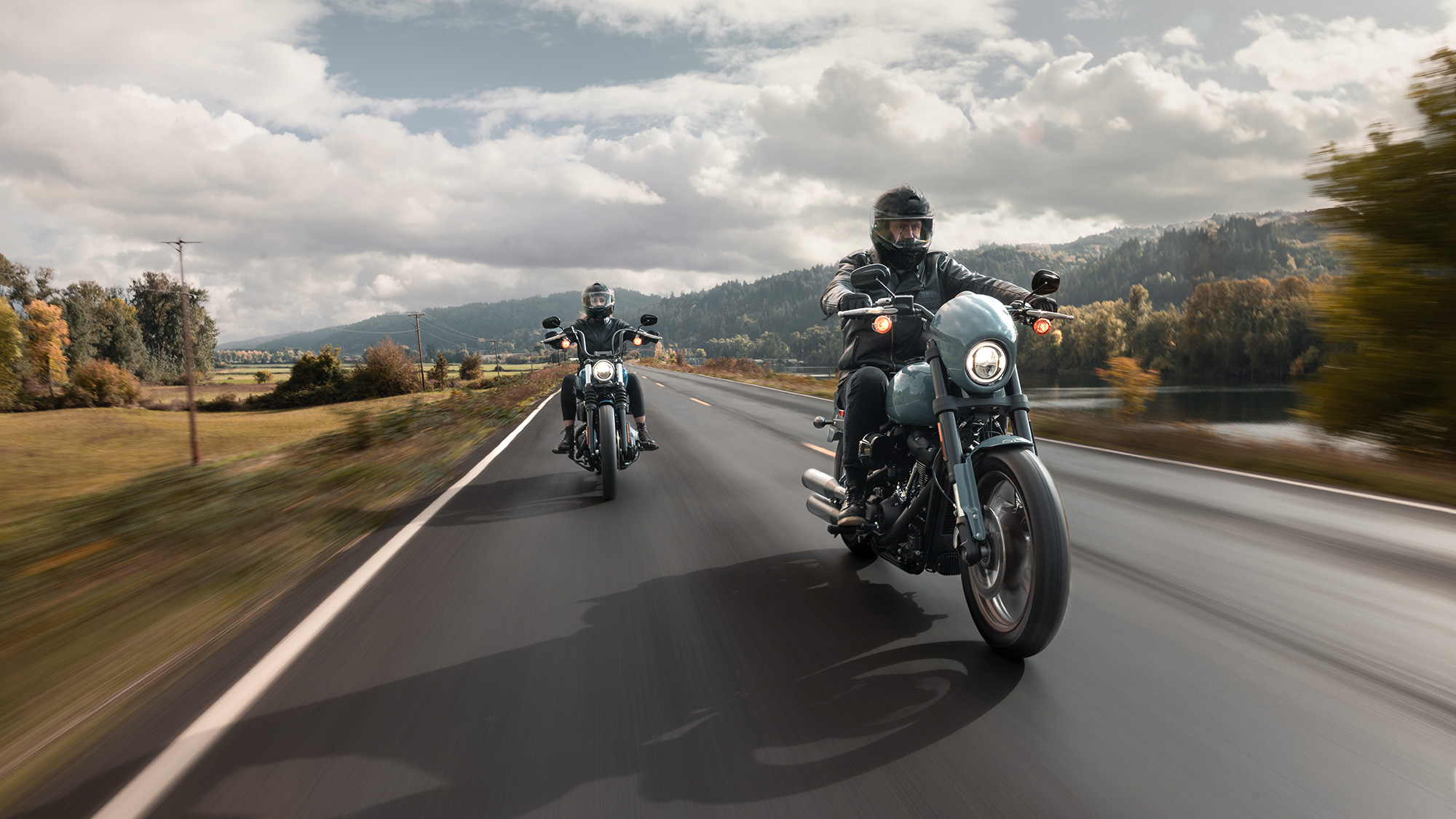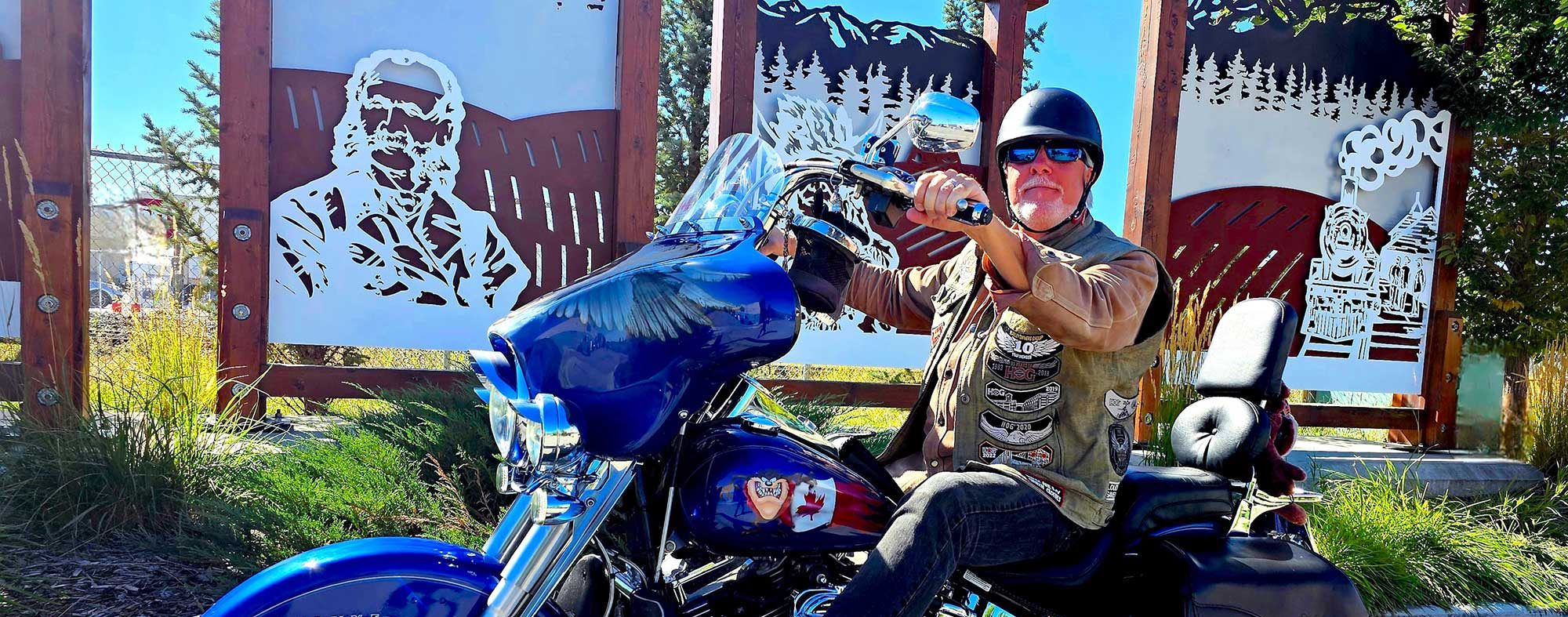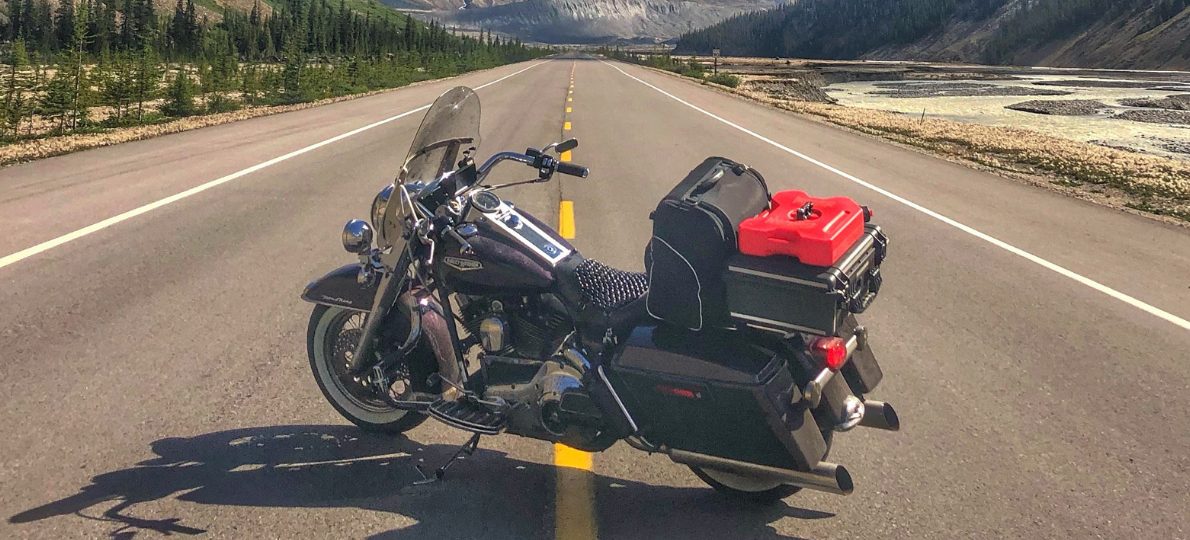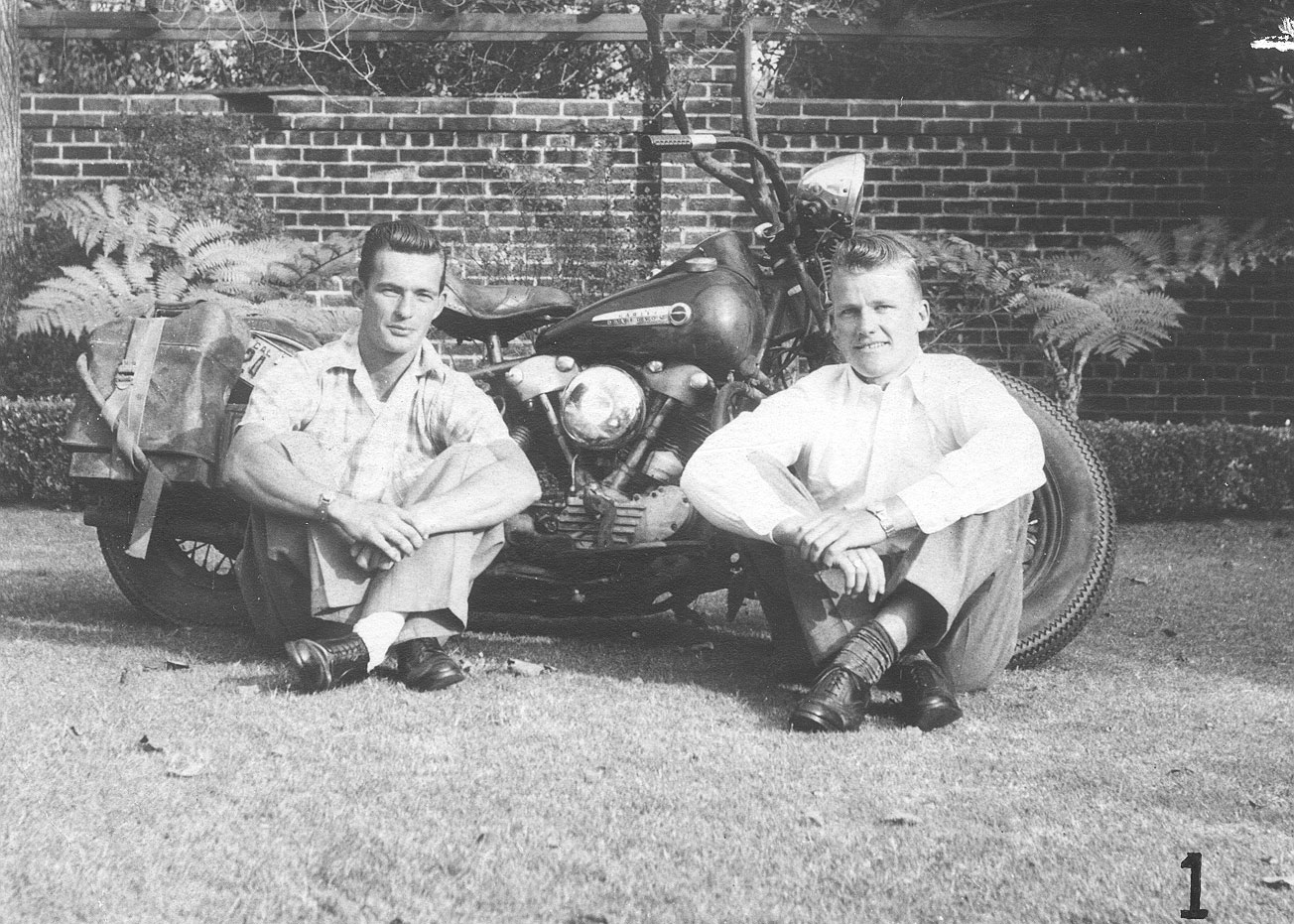
Motorcycle marathon
Two California riders faced impassable roads, alligators, and even a revolution on their ambitious 1948 journey to Brazil
Paul Harder and Dick Walker spent nine months planning an epic journey from Long Beach, California, to Rio de Janeiro, Brazil, on Harley-Davidson® motorcycles, documenting their adventures in the December 1949 and January 1950 editions of The Enthusiast®.
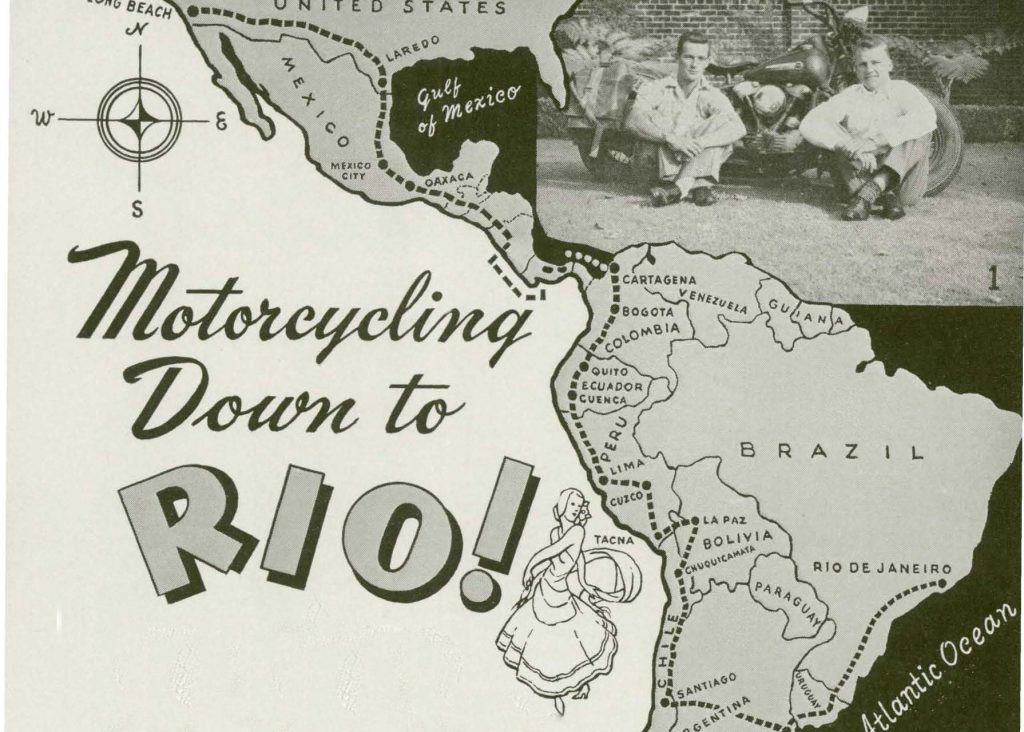
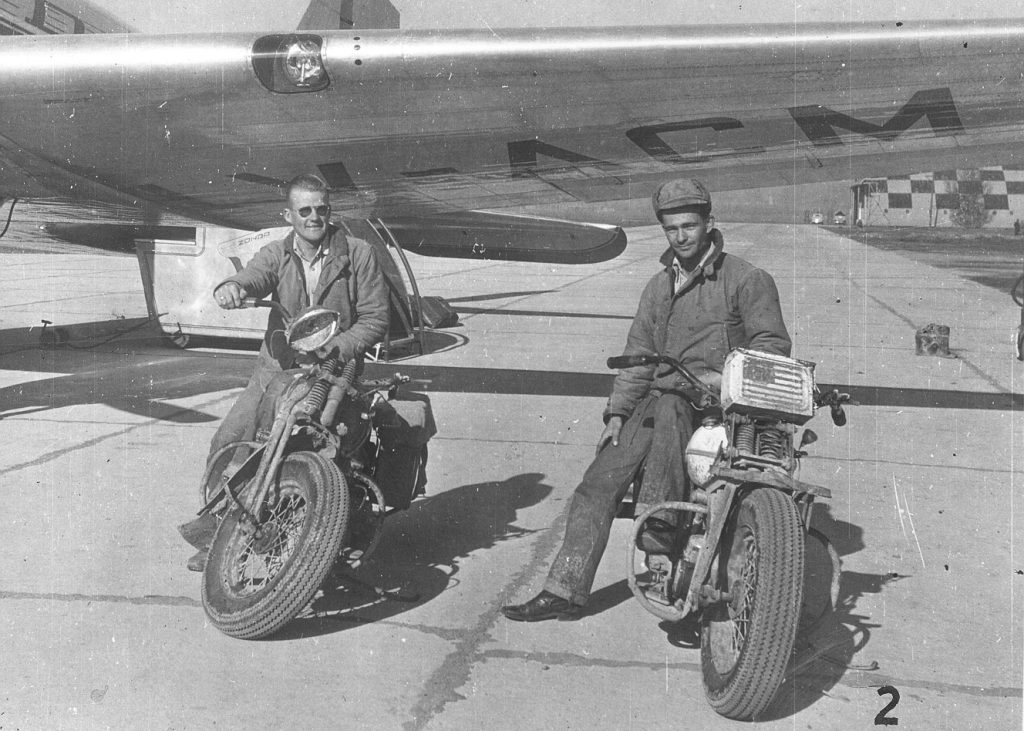
After much consideration, the pair decided on a 1941 FL and a 1947 EL for their trip. Both bikes had been well used (the 1947 model had served several years with the New York State Police) and were outfitted with auxiliary gas tanks mounted on the front.
The aim was to ride from the United States to the Panama Canal via the overland route without resorting to other modes of transport, and the hope was that at least one of the bikes would achieve this goal. So, in February 1948, with each bike loaded up with 115 kg of special equipment, as well as passports and various documents, Paul and Dick set off from Long Beach. They made their way to Texas, then Mexico, where they negotiated poor roads and impenetrable mountains, shedding 45 kg of equipment in southern Mexico before roaring through northern Guatemala, El Salvador and Honduras into Nicaragua.
The good condition of the Nicaragua section of the Inter-American Highway allowed them to cruise at 95 km/h most of the way to the southern border. They took a break to go alligator hunting in the shark-infested waters of Lake Nicaragua, which Paul described as a horrifying experience.
Back on the bikes and with the good roads behind them, the men navigated almost impassable trails, with the motorcycles taking an “unmerciful beating” as they were dragged into Costa Rica.
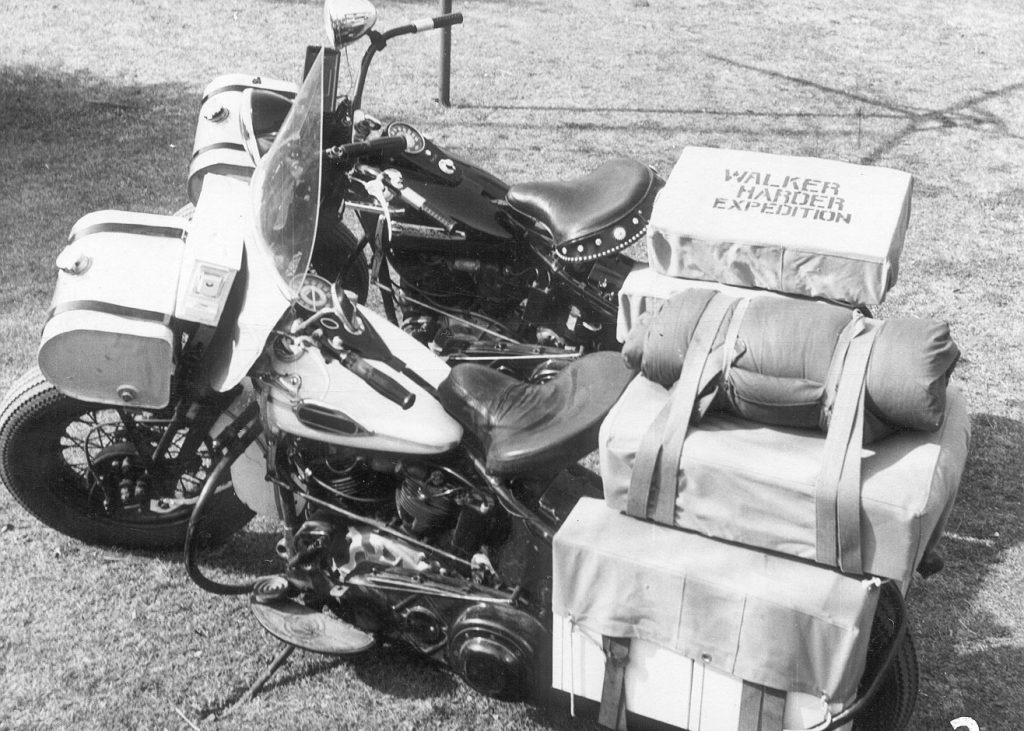
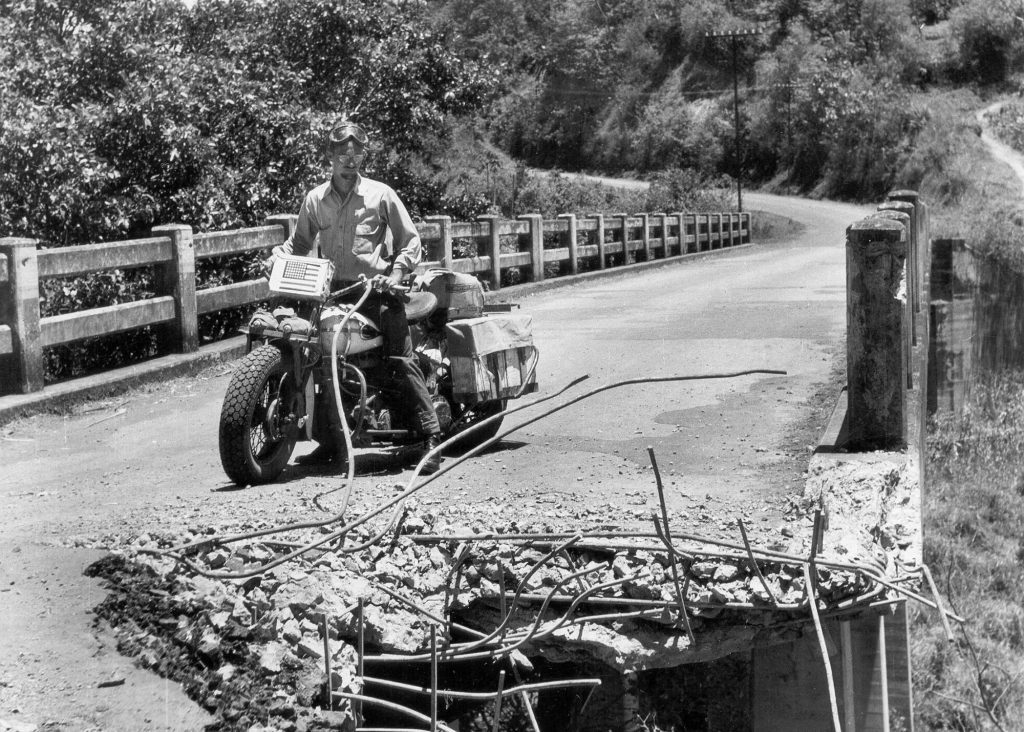
They had to lay low in San José in the middle of a revolution. Fighting in the south of the city put an end to their dreams of reaching the Panama Canal by land. Instead, they were forced to ride north and board a boat to Panama. They may have survived in one piece, but what about the bikes?
“That they continued to run at all after their treatment in Central America was surprising. We had run them off embankments, torn the clutch covers to pieces on rocks, smashed our frames on boulders, and in addition, hammered our way over 600,000 [railroad] ties in southern Mexico,” Paul wrote.
“We had been forced to use gasoline about one degree better than cheap coal oil, and we had driven hundreds of miles in choking dust in low gear, wrenching and twisting every bit of the auxiliary equipment welded to our machines. And still we had cruised smoothly and comfortably.”
More drama followed as the duo continued on to Bogotá, Colombia, when they were ambushed and fired at. They also experienced their first taste of high altitude on a dirt road rising to nearly 4,300 metres. Ecuador was less eventful, and both men and bikes attracted crowds of admirers (including animals) as they passed through many towns.

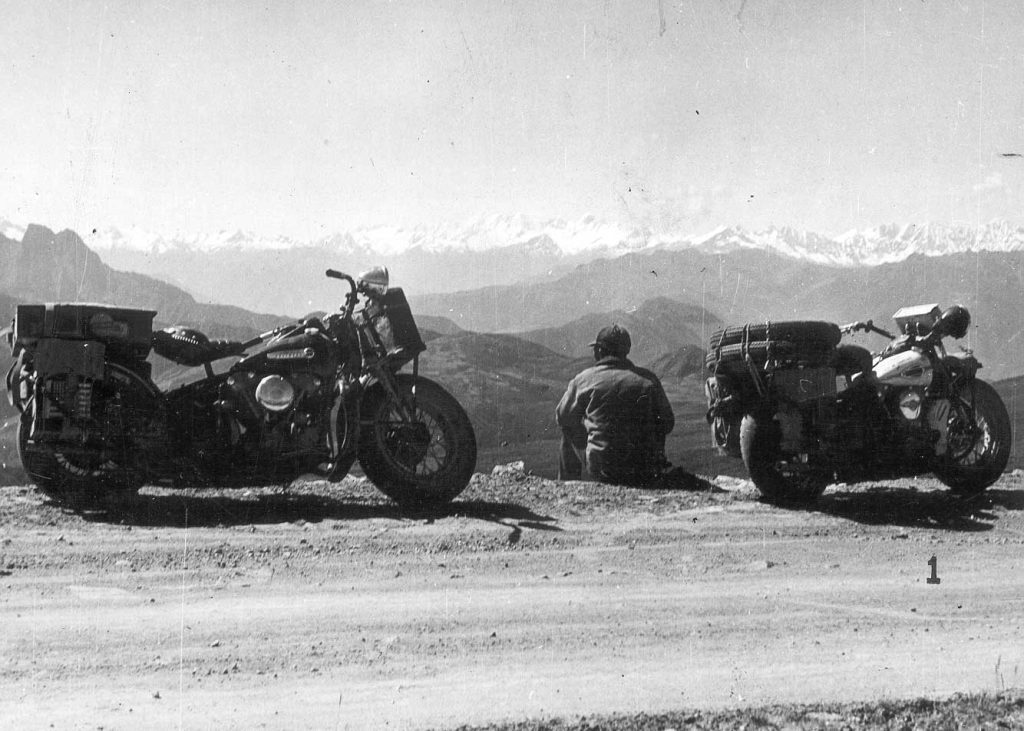
They made their way to Cusco, Peru, almost 3,700 metres above sea level in the heart of the Andes, to explore ruins of the Inca Empire before moving steadily to the shores of Lake Titicaca, over the border into Bolivia and on to Chile on unmarked roads and trails.
Paul’s allocated time for the trip was running out, so he decided to return to the States from Santiago, Chile’s capital, while Dick carried on, packing his bike aboard a DC-3 and flying to Argentina. Up to that point, they had covered an accumulated 42,000 km with no mechanical failures. But on his first day of solo travel, Dick had oil issues. Apparently, the extreme cold caused the cheap oil they were using to congeal, but with the assistance of local mechanics and a staggering amount of ingenuity, he repaired the damage enough to ride some 1,100 km to Buenos Aires. There, the local Harley-Davidson dealership made sure he could continue his journey. Dick and his intrepid motorcycle had been on the road for more than seven months when he rolled out of Buenos Aires up to Santa Fe, and then east into Uruguay and finally to Rio de Janeiro.
Paul wrote that Dick had covered almost 27,000 km since leaving Long Beach, most of it over dirt roads, enduring the sweltering tropical lowlands and cold heights of 4,000 to 5,000 metres, visiting 16 Latin republics. He attributed much of Dick’s success to his Harley-Davidson motorcycle.
“I fully agree that no better selection of equipment could have been made,” Paul wrote. “Some of the credit may be luck, but mostly it was due to careful planning and Dick’s undying determination and resourcefulness.”
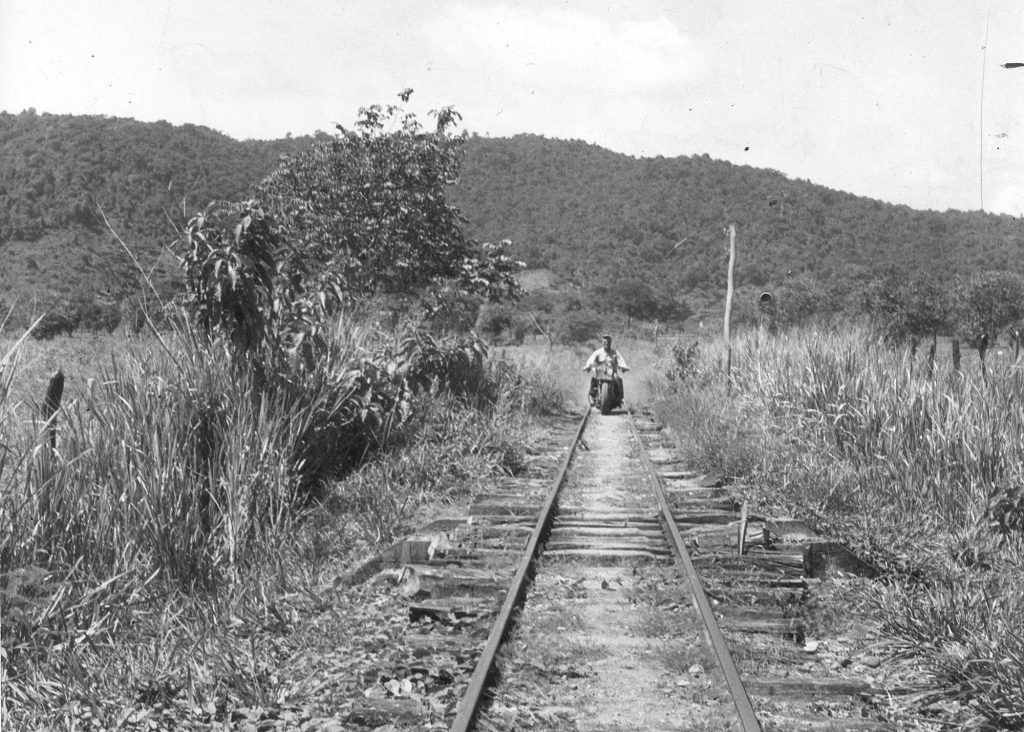
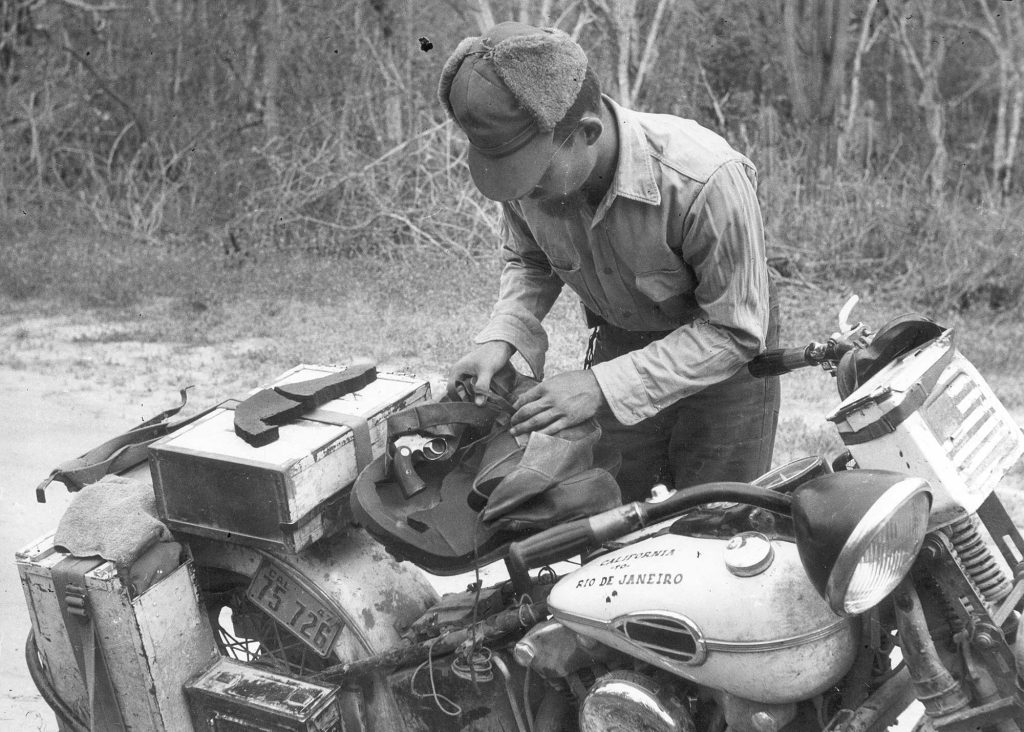
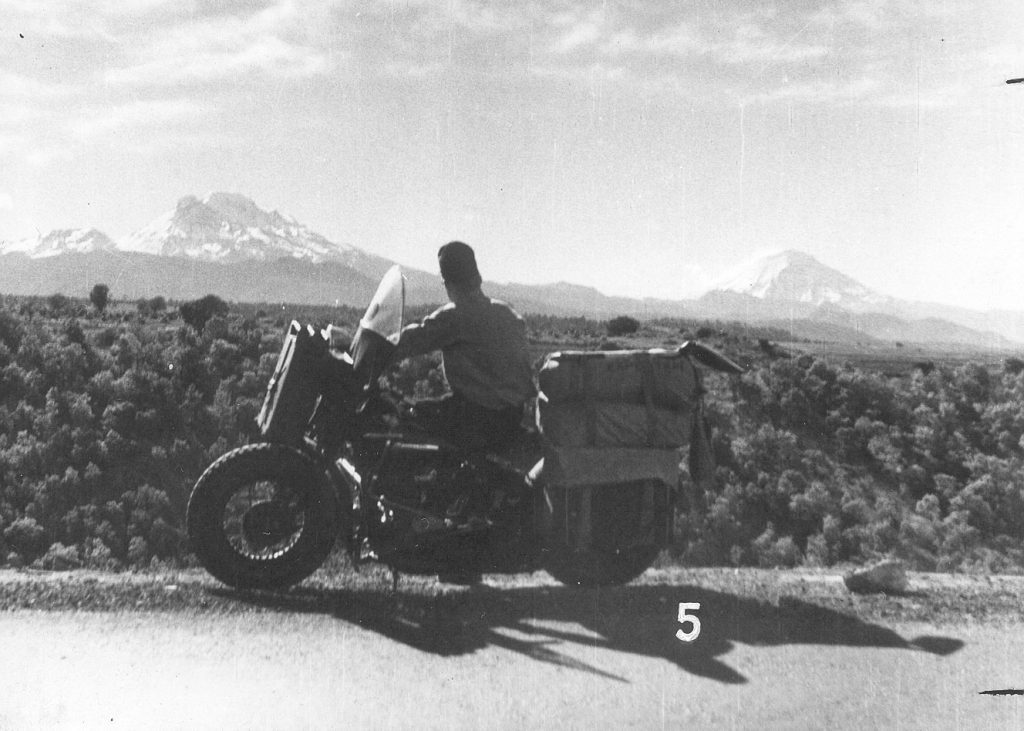
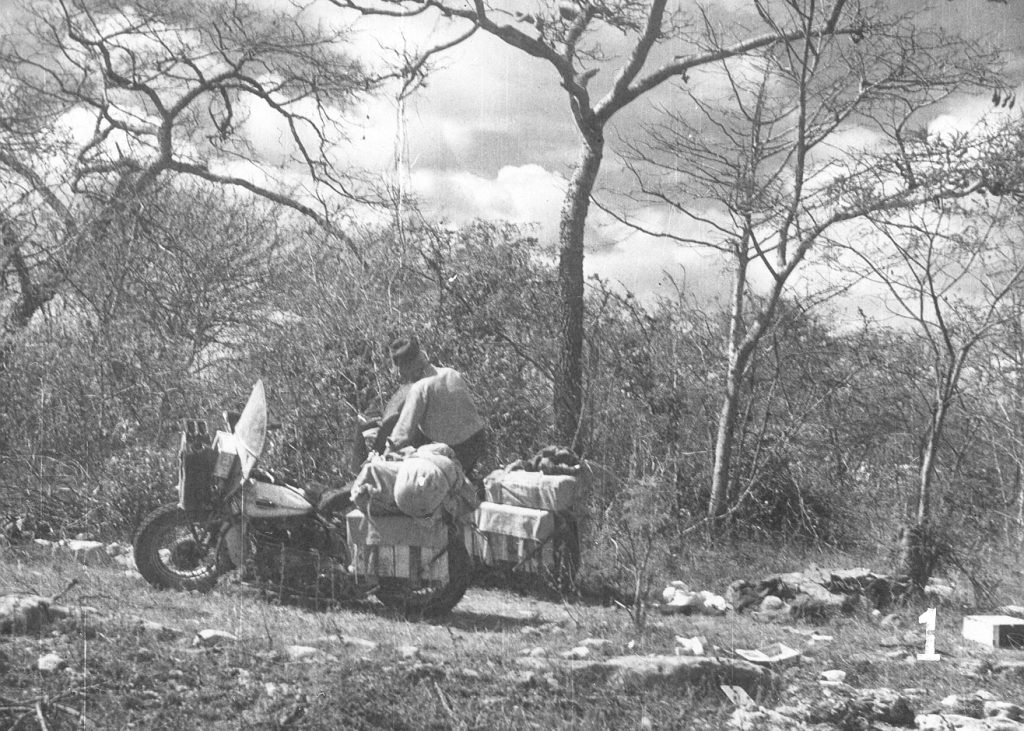


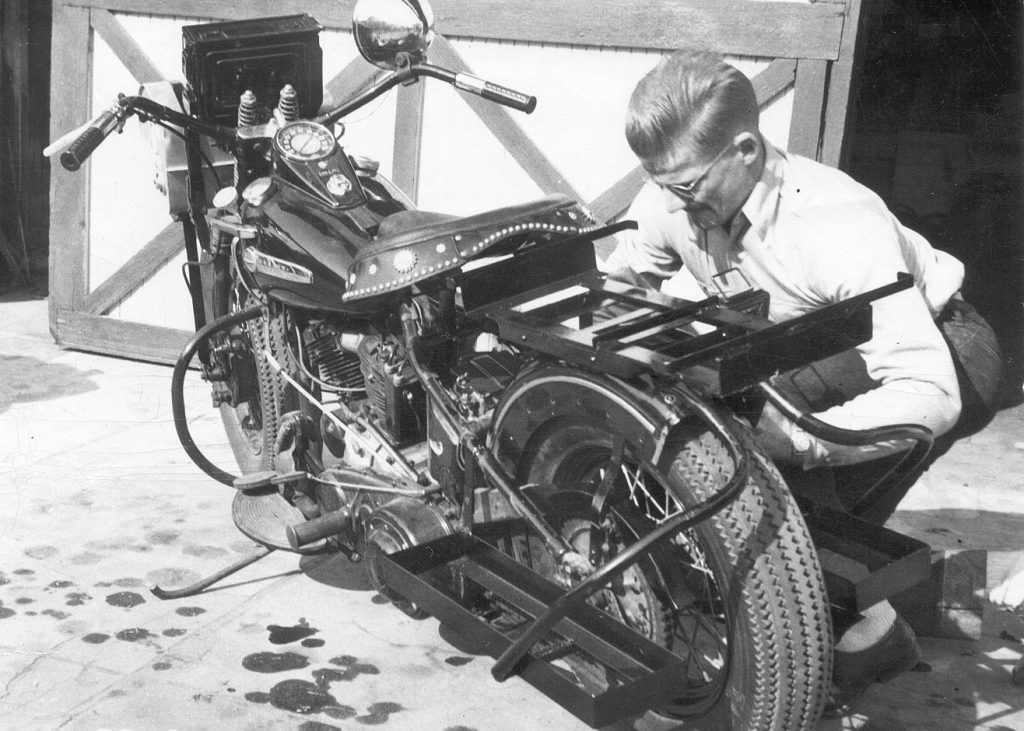
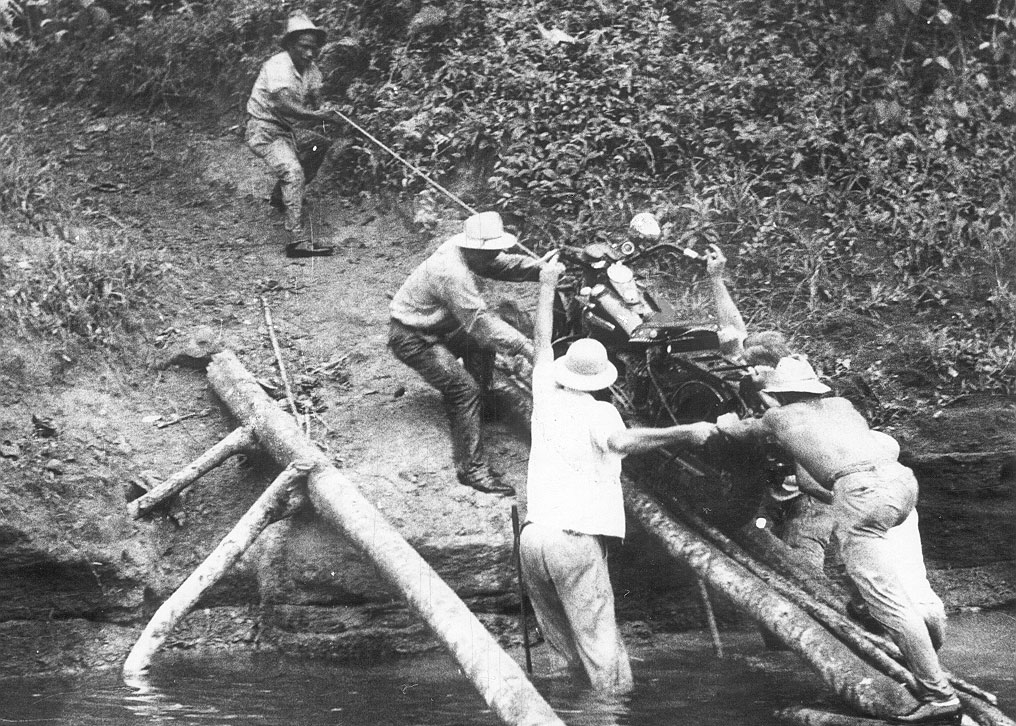
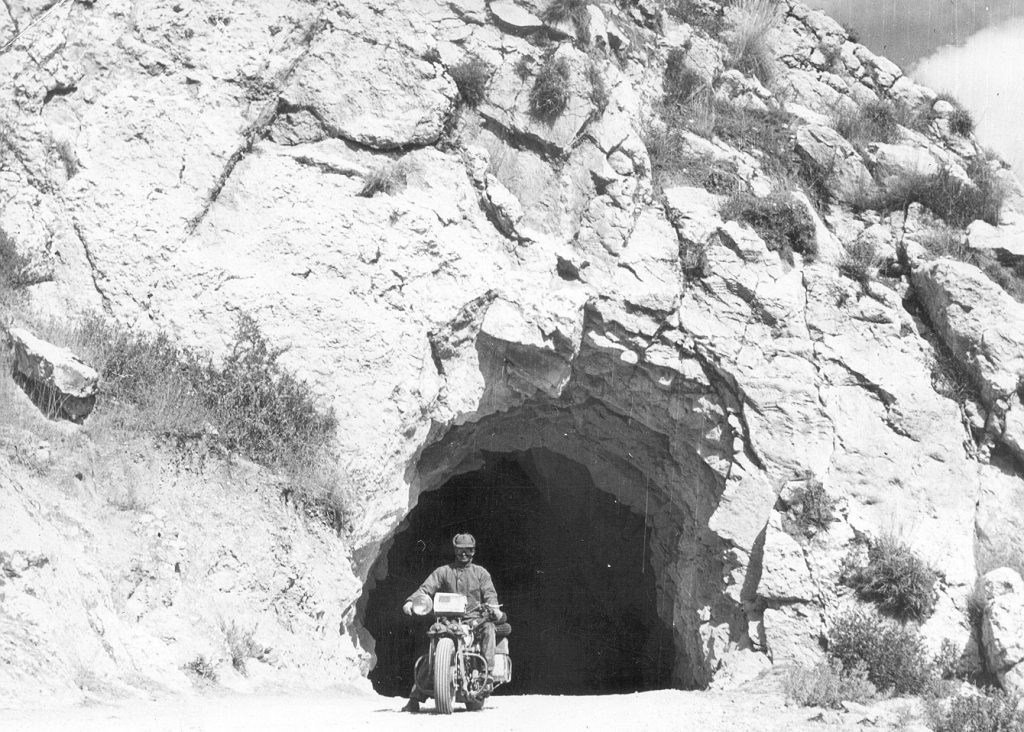
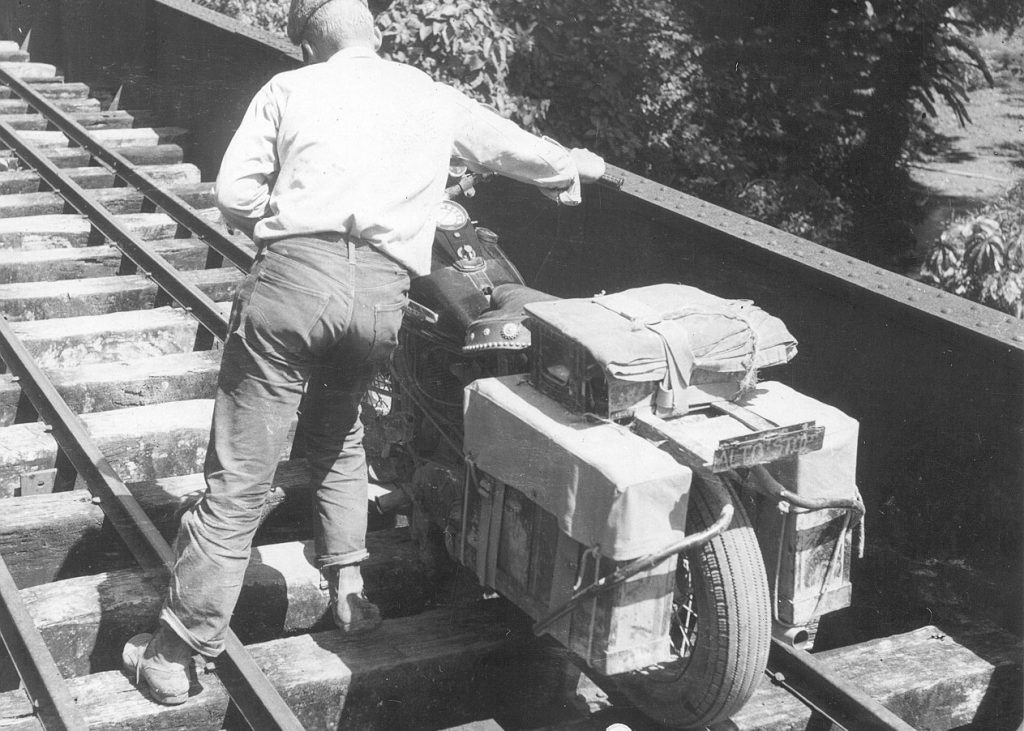
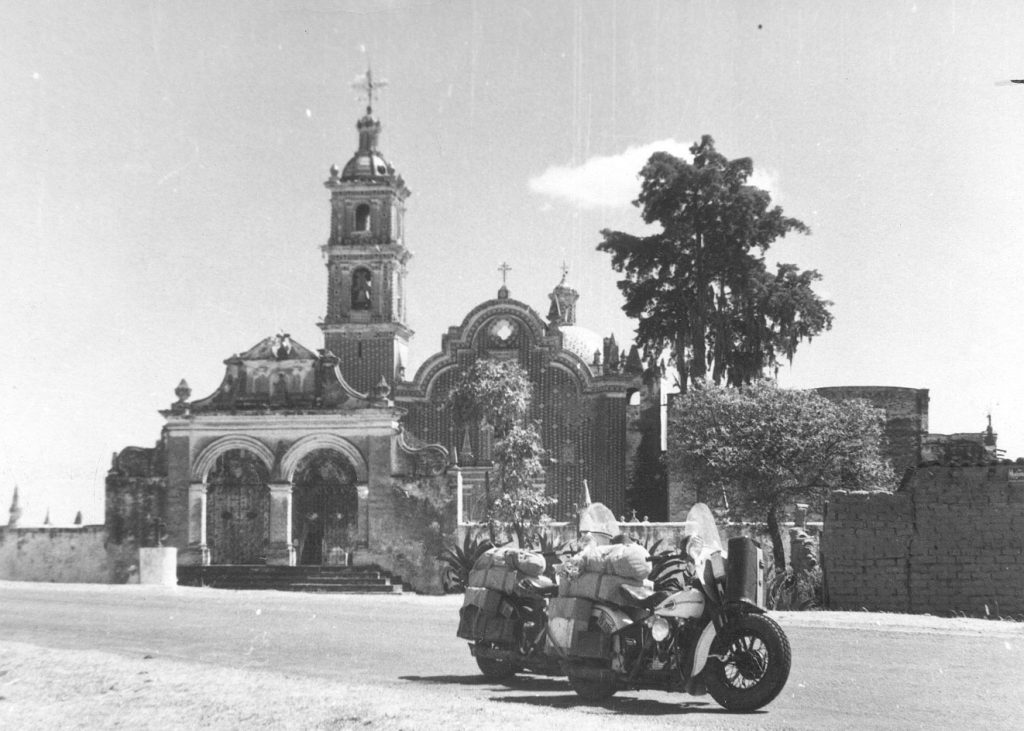
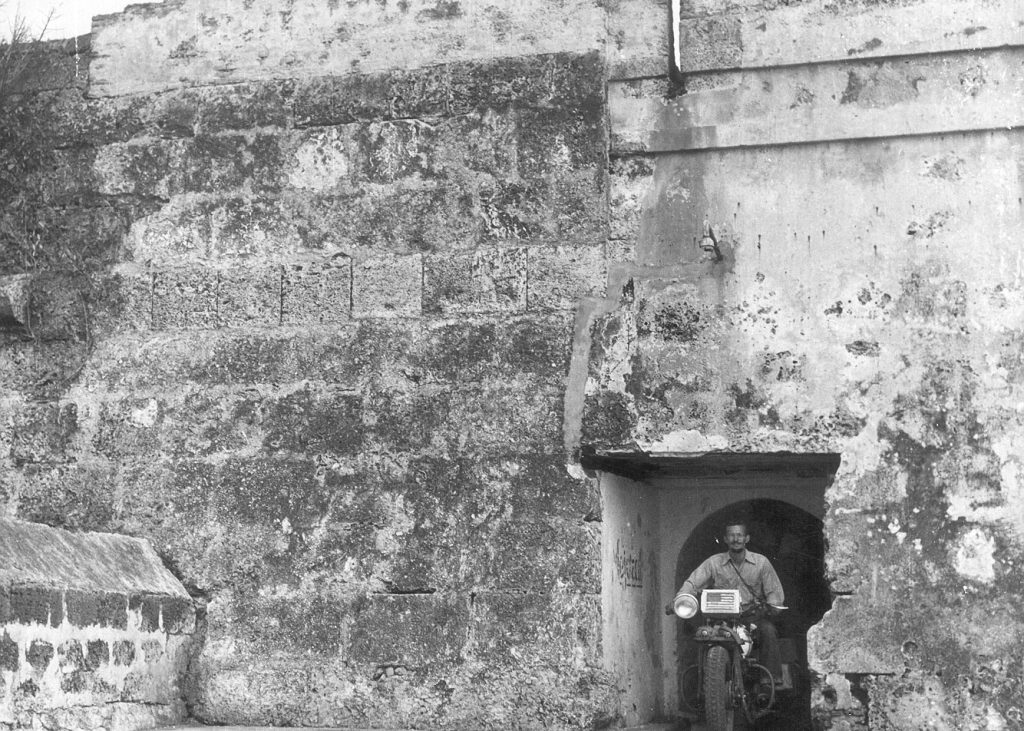
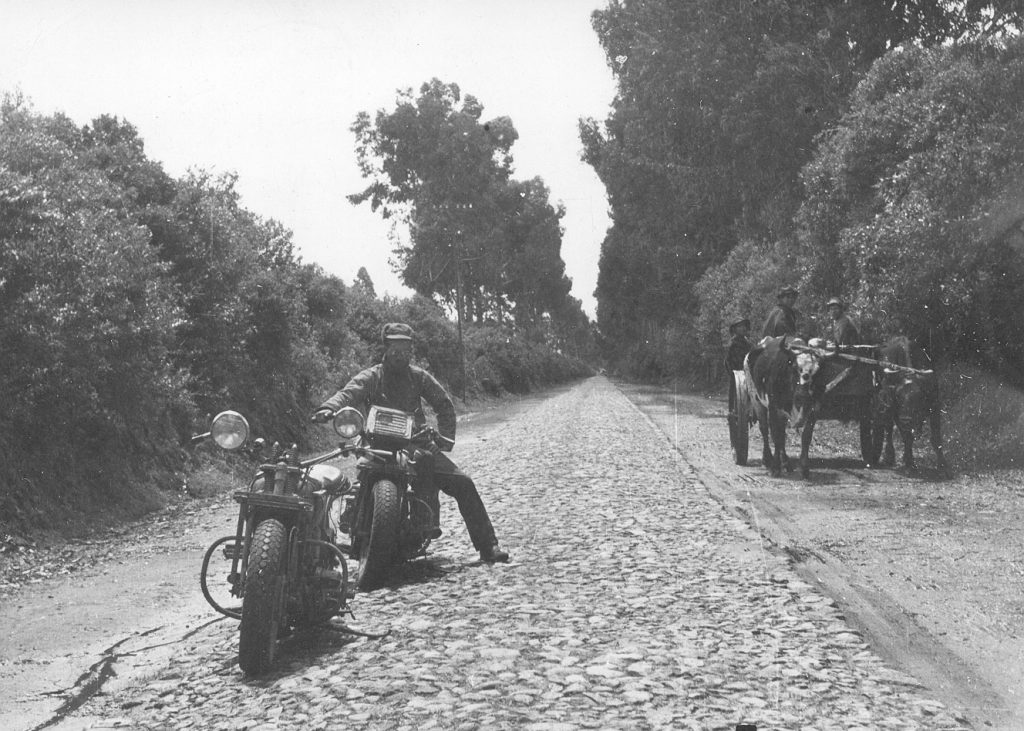
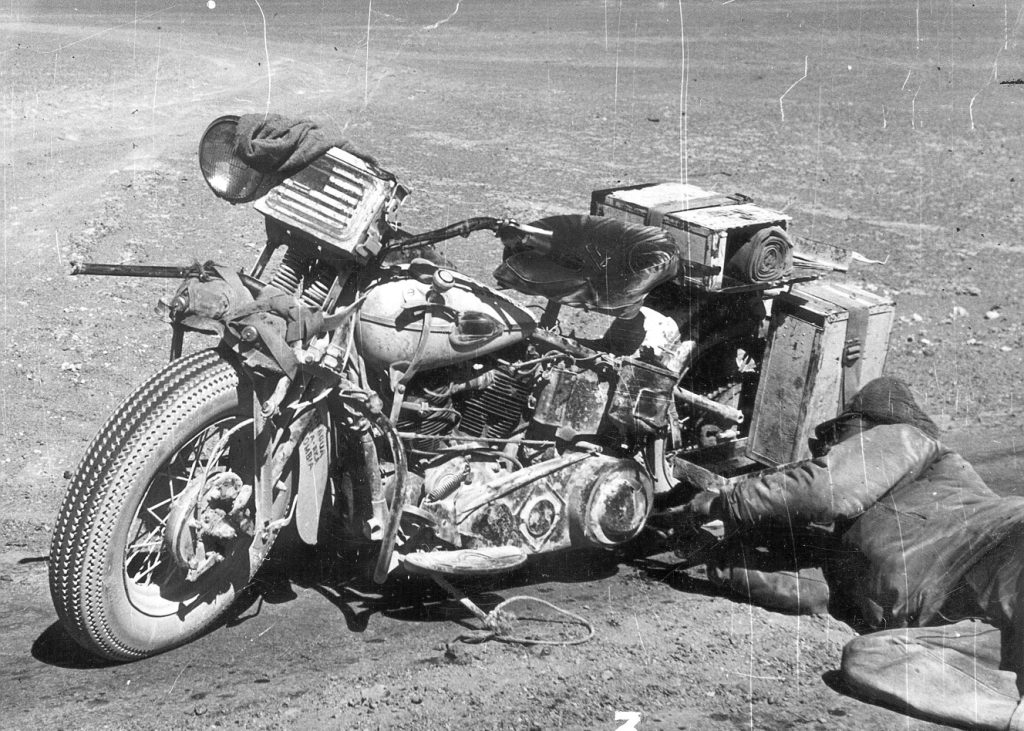
Tags:
Read more tales from the Harley Owners Group!
2025 CANADIAN HOG RALLIES AND RIDING EVENTS
Stay tuned to this page for a listing of all of the 2025 HOG rallies and riding events in Canada. This page was last updated on December 20, 2024
Make life a ride and find your freedom
Exclusive discount for HOG Canada members with Freedom Biker Tours
Vagabond Rider: Hope and prep
Suggestions for how to prepare for inevitable inconveniences
